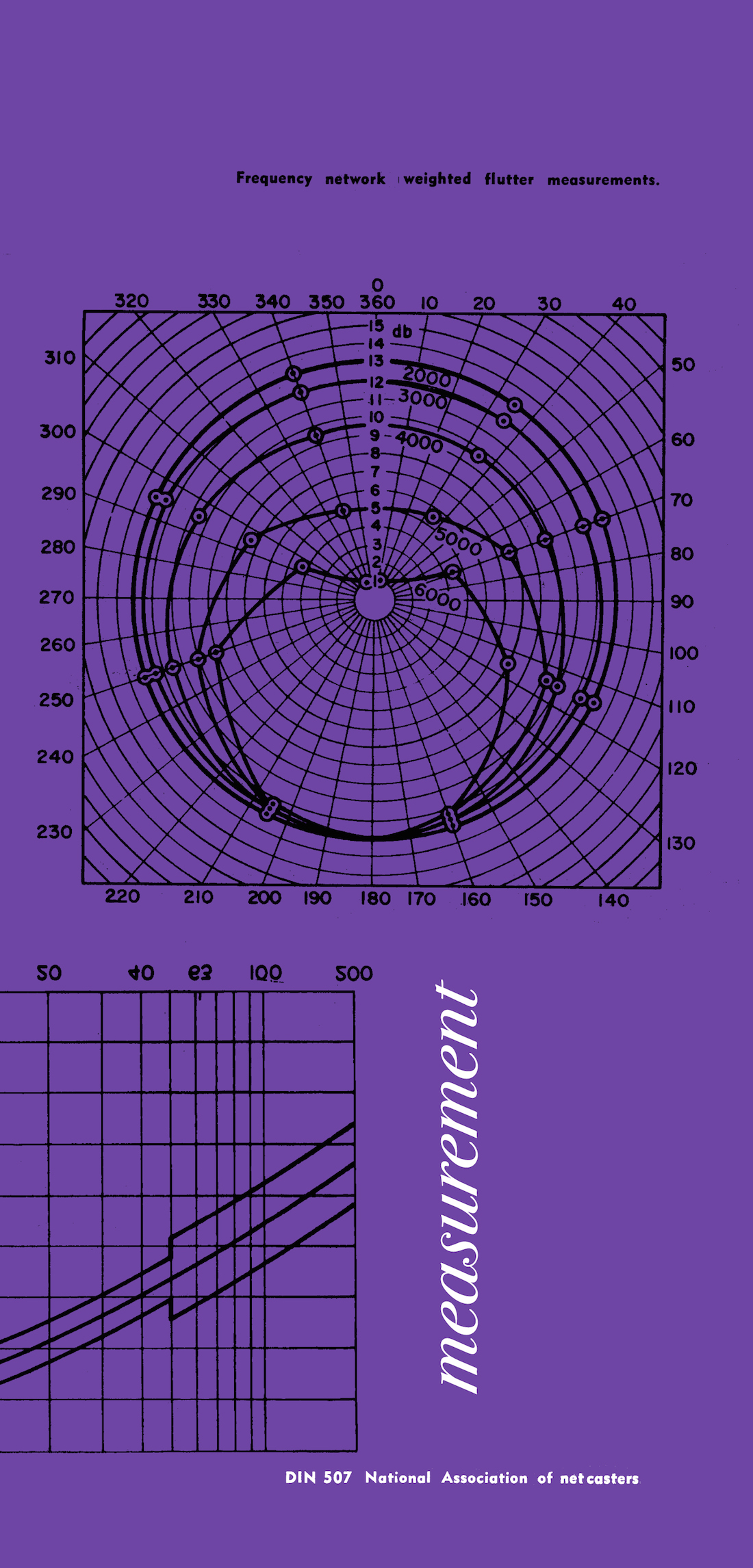At first glance, the Seville looks like an RCA Type 77 series mic that's been meticulously restored, recrafted, and repainted by a team on one of the various auto-shop reality TV shows. It has the same form factor as the revered RCA mics, and it's indeed a ribbon mic, but unlike the classic RCAs, the Seville is brightly colored in chrome, white, and sparkly candy-apple red. Moreover, it requires phantom power for its built-in preamp, and when you apply power, four LEDs inside the windscreen just below the ribbon motor give the top half of the mic a soft glow. The mic is definitely a conversation starter when you pull it out of its flight case and bombproof padded bag. Thoughtfully, the case is configured to hold the mic vertically to prevent the ribbon element from sagging or stretching during storage.
First of all, let me make it clear that I've used vintage RCA ribbons only on two occasions, years ago, so I can't really comment on how the Seville compares to any of the Type 77 mics, but I do own eight different (modern) ribbon mics, as well as dozens of condensers and dynamics. With that said, the Seville shares some of the same character traits with my other ribbons, but it also stands out in a way that my other ribbons don't.
The Seville's pickup pattern, like most ribbons', is bi-directional. Also, the Seville de-emphasizes the high frequencies to some degree, in a vintage ribbon-like manner, instead of highlighting them like so many large-diaphragm condenser mics tend to do. But the highs that are there are smooth, and importantly, free of the "bite" from the diaphragm resonance that's often associated with condenser mics. Therefore, you can EQ the Seville's highs to your heart's content, without worry that the highs will cut your head off, or that any sibilance will get too harsh. To put it more succinctly, the Seville is not a bright mic.
But neither is the Seville a dark mic. In fact, because the proximity effect that this mic exhibits is exceptionally smooth — it ramps up very slowly — the Seville doesn't get suddenly boomy like smaller-element ribbon mics can when the sound source is moved right up to the mic. This also goes for the Seville's smooth off-axis response. Its frequency response transitions very gradually as the mic is turned off-axis, and there isn't a steep drop-off of the highs as demonstrated by my Royer R-121 [Tape Op #19], for example. In fact, the Seville transitions to its null points more smoothly than any of my other ribbons do, including my Cascade Gomez MJE [#66]. What does this all mean?
Well, for starters, it means the Seville works great as a vocal mic, especially when you want a more vintage vibe as opposed to modern crunchiness. It's easy for a vocalist to "work" this mic, because changes in distance and angle don't cause significant changes in the timbre of the voice. Instead, varying the distance to the mic will affect the ratio of direct versus room sound, with the room reflections being picked up by the backside of the mic. Strapped to a transparent leveling compressor, the Seville allows adept vocalists to control the ambience in their recorded take by working the mic — from seductive sighs, to sultry singing, to reverberant wails — a neat effect that can add wonderful dimensionality to the vocal performance.
It also means that the Seville makes a stellar front-of-kit mic. Once again, you can move the mic toward or away from the source — in this case the whole drum kit — to change the direct versus room ratio, and because the Seville's voicing isn't hyperfocused for close-mic'ing, the lows are still there when the mic is several feet away. Therefore, the kick and toms bloom in this mic, while the cymbals ring out without being harsh, and the snare retains a tight punch.
I also like the Seville on saxophone, where it is again very smooth, allowing the recording of the woodwind to respond very well to compression without undue rasping. On acoustic guitar, it brings out sustain but lacks the percussive highs that are popular in modern recordings of the instrument. On electric guitar, I'm impressed with how thick the amp can sound solo'ed, but in the mix, I have to be careful not to overwhelm the other instruments with the amp's full sound, so a bit of subtractive EQ is often in order. And as I mentioned already, like most ribbon mics, the Seville can be EQ'ed to the extremes without fear of unruly resonances wrecking the sound.
All in all, I'm extremely happy with my Seville. I love ribbon mics, and the Seville excels in situations where my other ribbon mics haven't been ideal. Plus, its affordability surprises me. This is not a generic import with a fancy-looking badge glued on it. It's a custom-designed, handmade product comprised of high-quality precision components, including a Cinemag CM-9887 output transformer as well as Cathedral Pipes' own 2.5 μm ribbon and XMB active circuit. (Even the powder-coating is done by a company local to Cathedral Pipes — one that caters to the motorsports and show-car industries.) And not only does the mic come with the aforementioned flight case and padded bag, but a custom UP-OCC copper mic cable with white XX-series Neutrik XLR connectors is also included. This isn't a cable review, so I won't get into the details, but if you're a geek like me, you'll find some interesting reading if you Google "OCC copper." Suffice it to say, the Cathedral Pipes cable is the quietest, most clear-sounding mic cable I have ever tried — and yes, the improvement is readily audible.




_disp_horizontal_bw.jpg)